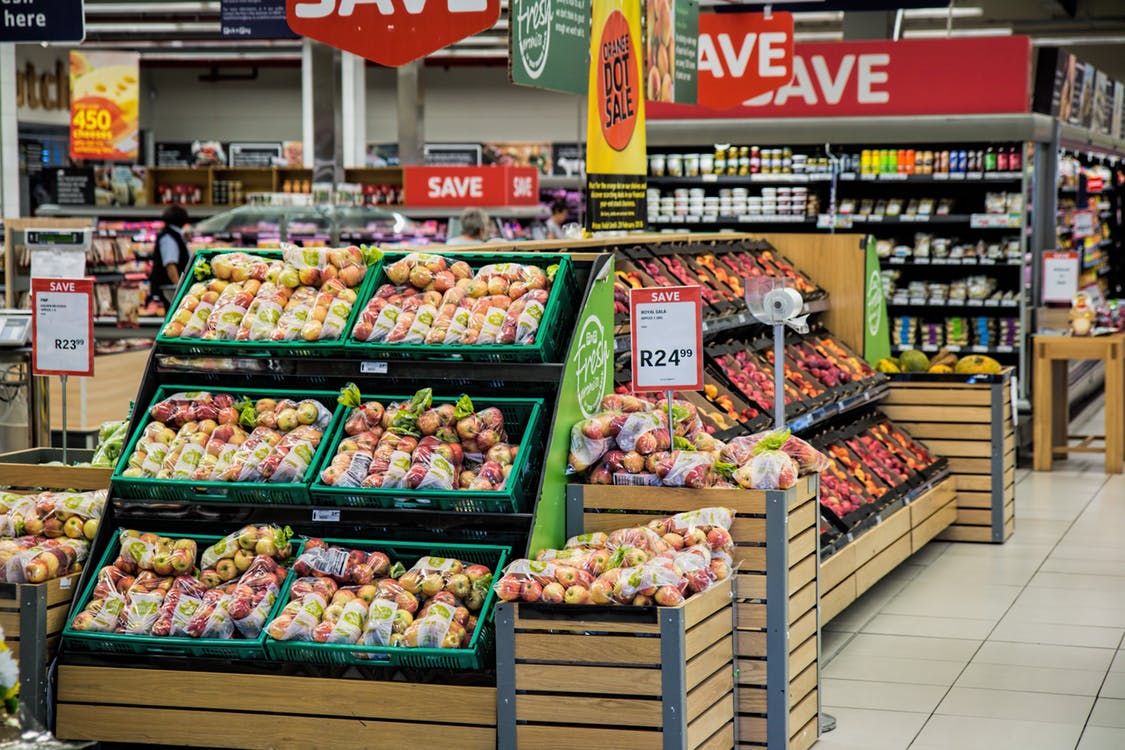
Two stalwarts of the tech industry, IBM and SAP, have teamed up to co-create a solution for the retail and consumer packaged goods industry.
The idea of the solution is to help these industries to improve the consumer experience and to increase profitability.
IBM and SAP’s work together comes after the two companies announced a digital transformation partnership last year.
The IBM Metro Pulse will use Big Blue’s cognitive services to provide “hyperlocal” insights around weather, events, traffic and demographics, and is said to help combat challenges such as on-shelf availability and demand forecasting accuracy.
The technology was trialled in over 100 stores across multiple markets in America, with IBM saying that improved forecasting accuracy on hard-to-forecast products by 75%.
Read more: IBM, Nestle & Walmart tackle food contamination with blockchain alliance
“SAP S/4HANA, coupled with access to rich, hyperlocal data understood and reasoned by IBM’s cognitive services, can provide consumer product and retail business users across the C-suite with the specific insights to gain a competitive advantage in major markets,” said Laurence Haziot, IBM Global Managing Director and General Manager Consumer Industries.

SAP’s role in the product sees it bringing together the multiple data sources on its Cloud Platform, giving users the ability to take “near-immediate” action on the insights.
“Through this exciting collaboration between SAP and IBM, retailers and consumer products companies today can respond with speed, precision and confidence to locally relevant events. SAP S/4HANA includes capabilities to enable users to execute end-to-end business processes in ways that other systems cannot,” said Lori Mitchell-Keller, global general manager, Consumer Industries at SAP.
Read more: Arsenal scores e-commerce goal after assist from SAP Hybris
The companies give the example of a sales operation manager for a drinks company in New York that is trying to forecast sales during the New York Marathon. The business needs to know what the impact would be on its stores, so it could use the information on traffic flows at different points along the route, the weather, and so on, in order to forecast demand.






